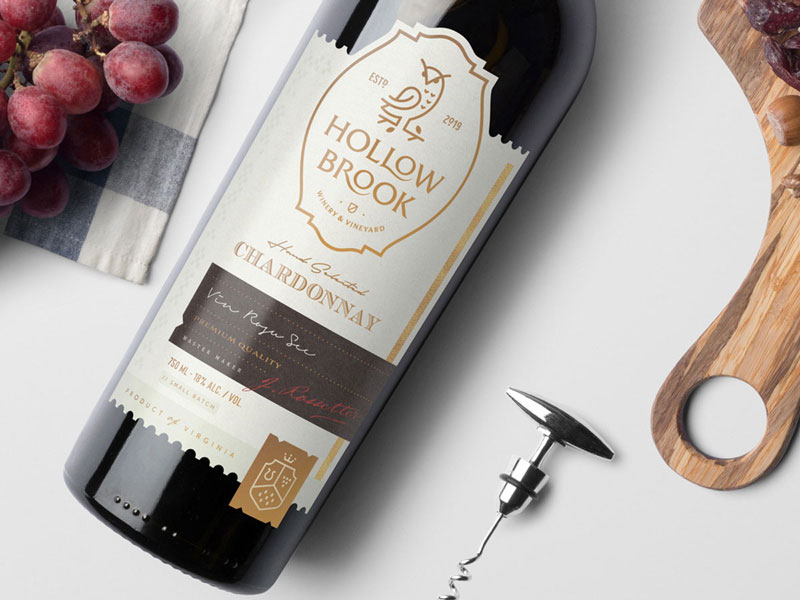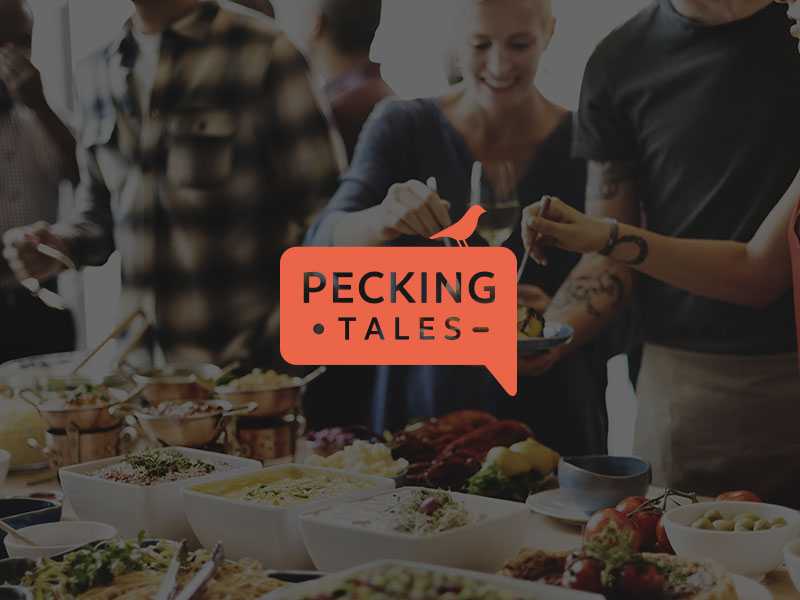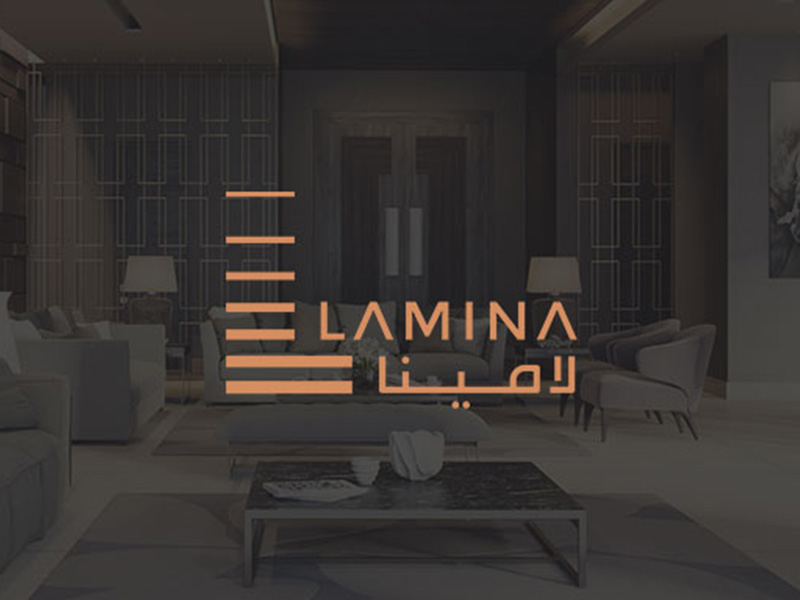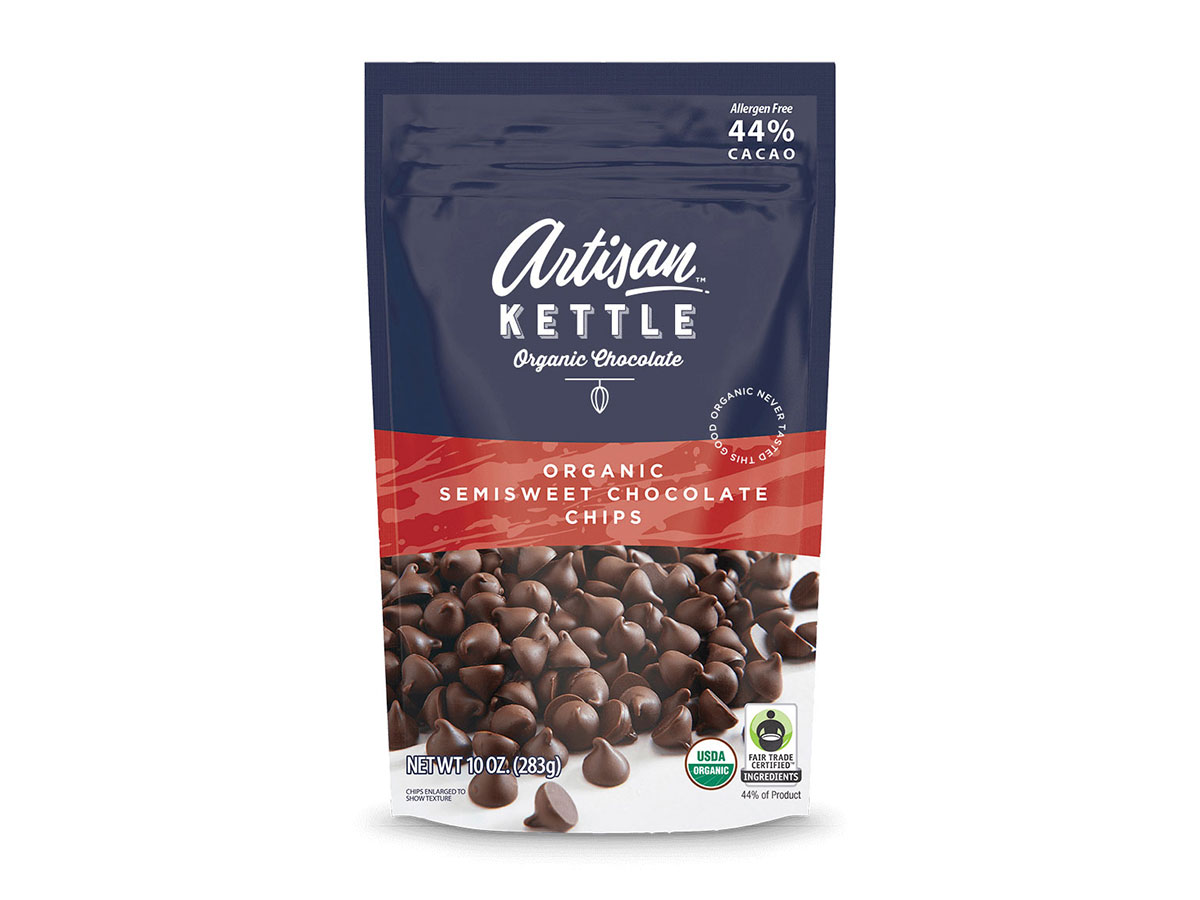
Dec 8, 2025
How to Write Powerful Brand Positioning Statement:...
Learn how to craft a compelling brand positioning statement that clarifies your market position, guides your marketing decisions, and helps your team stay...
Read ArticleLogo design, brand identity systems, naming, messaging, strategy, and marketing. Transparent pricing with instant purchase. 2000+ brands transformed since 1998.
25+
Years of Expertise
2000+
Brands Created
50+
Countries Served
98%
Client Satisfaction
Portfolio
Real clients. Real results. See how we've helped businesses transform their brand presence.






Strategic Brand Services
Complete branding solutions from strategy to execution. Transparent pricing, instant purchase, immediate start.
Starting from
$1,800
Discover your unique market position and build a brand that stands out from competitors.
View Packages & PricingStarting from
$1,200
Build a brand that looks as professional as you are with complete visual identity systems.
View Packages & PricingStarting from
$1,400
Create a name that opens doors and resonates with your ideal customers.
View Packages & PricingStarting from
$2,500
Turn your story into sales with compelling messaging that drives action.
View Packages & PricingStarting from
$1,200
Memorable, scalable logos that capture your brand essence and stand the test of time.
View Packages & PricingStarting from
$2,800
Turn your website into a sales machine with high-converting brand experiences.
View Packages & PricingStarting from
$3,500
Build a brand that markets itself with integrated campaigns that accelerate growth.
View Packages & PricingStrategic Process
Our proven 4-step process transforms confused companies into strategic market leaders through brand development.
We analyze your current brand position, identify gaps, and uncover what makes you unique in the market.
We develop a comprehensive brand strategy that positions you for competitive advantage and market leadership.
Our award-winning team creates strategic brand assets that bring your positioning to life and drive business results.
We deliver complete brand systems with guidelines and training to ensure consistent execution across all touchpoints.
Why Spellbrand
With decades of experience and thousands of successful projects, we know what it takes to build brands that last.
We don't just design logos—we architect complete brand strategies that drive business growth and market positioning.
Since 1999, we've helped 2000+ businesses transform from confused companies into market leaders.
Every brand decision is backed by strategy and focused on measurable business outcomes, not just aesthetics.
We build brands that stand out in crowded markets and command premium pricing through strategic positioning.
From strategy to implementation, we provide everything you need to build a powerful, cohesive brand presence.
98% client satisfaction with brands that consistently outperform competitors and drive business growth.
Client Love
Don't just take our word for it. Hear from businesses we've helped transform.
James Davis
Fitness Blogger, Belper
"I am really pleased with my final logo, the process has been great and all the designers have been very helpful. I would highly recommend this service to anyone looking for a new logo!"
Kari Capito
Going Green Landscape
"SpellBrand team was so helpful and so amazingly easy to work with. They created designs for our company that made it hard to choose from as all designs were so great, although we had unlimited revisions we only used two and they were simple color changes. We loved the design and we really enjoyed working with this company and hope to work with them more on other projects we have. Thank you team for your hard work!!!!! Kari"
Tom McGee
PD Campus
"We tried several designers to design our logo and could not find the one that fit our company. After a few years of searching for a good branding company, I found Spellbrand through a random search. Spellbrand was sensational! They took the time to listen to our story and created a few designs that spoke to our team and what we do. We've never had a designer do that. We not only received a great logo, but we now have a brand we are all proud to wear! Thank you!"
Colin Hoggins
PALAH Ltd Newcastle
"Great, service fairly fast, although I would have asked for a little more human chat and guidance through the process but overall good."
Naon Katiohara
Belotika
"Mash is very professional and talented. His agency designed an impressive logo and an amazing brand identity kit for my new startup. I am very impressed with the design. Eva is also very helpful and she guided me during the process. If you are looking for a professional branding agency, don’t look around and just contact Spellbrand. Thank you very much for your help."
Annissa McHarg Krueger
Mrs. Traveller
"The team at Spellbrand have just finished a project for me and it has been a great process from the beginning to the end. Every part about the service was professional in every way. I would definitely use Spellbrand in the future if the need arises. Thanks Mash and your team."
Insights
Expert insights on branding, design, and business growth strategies.

Dec 8, 2025
Learn how to craft a compelling brand positioning statement that clarifies your market position, guides your marketing decisions, and helps your team stay...
Read Article
Nov 25, 2025
Brand failure happens to even the most successful companies. Discover expert strategies and insights to help your business succeed.
Read Article
Nov 24, 2025
Discover how circles, squares, triangles, and other geometric shapes in logo design subconsciously influence consumer perception and brand trust.
Read ArticleBrowse our service packages and choose the perfect fit for your business. Transparent pricing, instant purchase, and immediate project start.
Free consultation • Fast response • No obligation